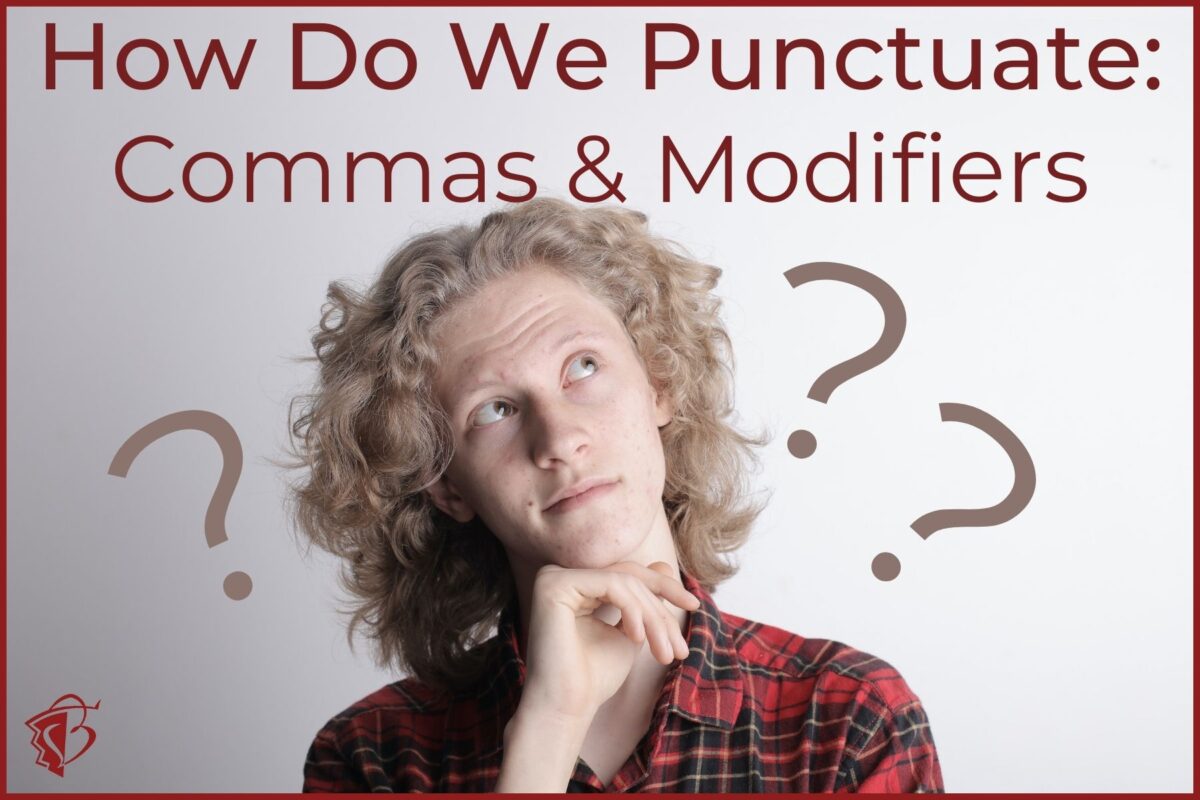Many writers and editors are puzzled about the use of commas between modifiers. In addition to wondering if commas should be used, they also need guidance on when and where commas should be placed. The answers to these questions depend on whether the modifiers equally and independently modify the noun that follows the modifiers.
Incidentally, because most modifiers are adjectives, grammarians and editors often use the term coordinate adjectives to identify these modifiers. Coordinate adjectives are two or more adjectives that equally and independently modify a noun. Coordinate adjectives are separated by commas. Other adjectives that precede nouns are not coordinate and are not separated by commas.
A two-test test
Below is a typical sentence in which two adjectives are used to modify the same noun:
Small pretty flowers grow in spikes on the plant.
The first step in deciding if a comma should be inserted between small and pretty in this sentence is to determine if the modifiers are coordinate. There are two simple tests to make this determination. Both tests have to be applied, and the modifiers have to pass both tests to be deemed coordinate.
Test 1
The first test is to add the word and between the modifiers and determine if the meaning of the sentence has been altered. If the meaning has been changed, the modifiers are not equal and not coordinate. As part of this test, the phrase with the addition of the word and has to sound like spoken English. (It helps to execute these tests by reading the test sentences out loud.)
Test 2
The second test is to reverse the modifiers in the sentence and determine if the sentence sounds like English. If the sentence does not sound like English, the modifiers are not equal and are not coordinate.
Let’s apply the tests
Let’s apply the two tests on the following sentence. Read the sentence out loud as you apply the tests.
He wolfed down his typical American meal. (From The Random House Handbook, Frederick Crews, 5th edition, page 292.)
The result of the first test on the sentence is “He wolfed down his typical and American meal.” The result of the second test on the sentence is “He wolfed down his American and typical meal.”
I’m sure you’ll agree that the sentence does not pass either test as neither variation makes sense and neither sounds like spoken English. In essence, in the sentence American modifies meal, but typical does not equally modify meal. Typical modifies the phrase American meal.
When we apply the two tests to this sentence, it fails both tests; therefore we do not add a comma between American and typical. (And we have determined that these two adjectives are not coordinate.)
Try the two tests on your own
Now that you know the two tests, apply them to the adjectives in the sentence about the flowers. Because the flowers are small and pretty or pretty and small, the adjectives are coordinate and should have a comma between them.
Practice on your own by doing the two tests on the sentences below. (If you want know how well you did, send your answers to me at [email protected].)
The child wore a bright yellow dress and matching hat.
I had a long restful summer vacation. (From The Copyeditor’s Handbook, Amy Einsohn, 1st edition, page 100.)
The schoolchildren had a long summer vacation.

Thank you for sharing your expertise, Alice.
These two tests make it easy to figure out how to punctuated adjectives! Thanks for the tips!
Very helpful! I was just struggling with this question. I think it’s also helpful to ask yourself, as you pointed out in your post, if the first adjective modifies the noun or if it modifies the second adjective and noun as a pair (e.g., “typical” modifies “American meal,” not just “meal”).
Thank you, Alice!
I am always a better editor after I read one of your posts. One more reason to be sparing with the bowl full of commas I keep on my desk. I often feel they are better in the bowl than on the page.
I, too, appreciate your clear and most useful instruction, Alice. Thank you!
Thanks, Alice! We all benefit from your expertise.
This isn’t an easy topic to explain, but you explained it with clarity and grace! Thank you, Alice!
Thanks, Alice. That’s so interesting. And thank goodness “coordinate” and “comma” both start with c’s, as that will help me remember these rules. 🙂